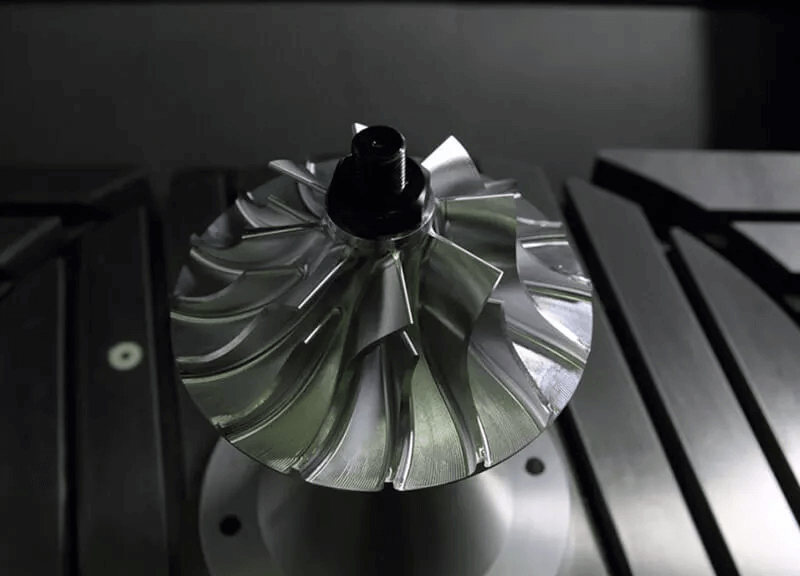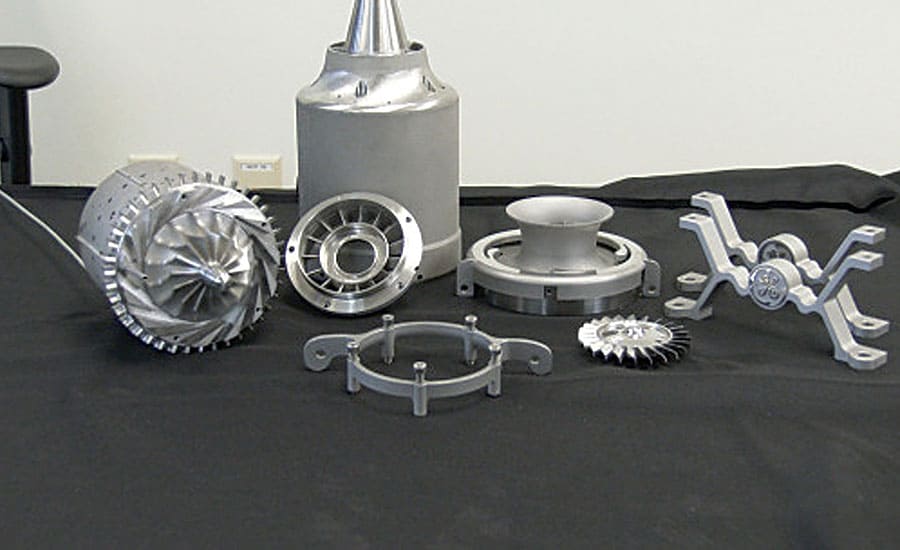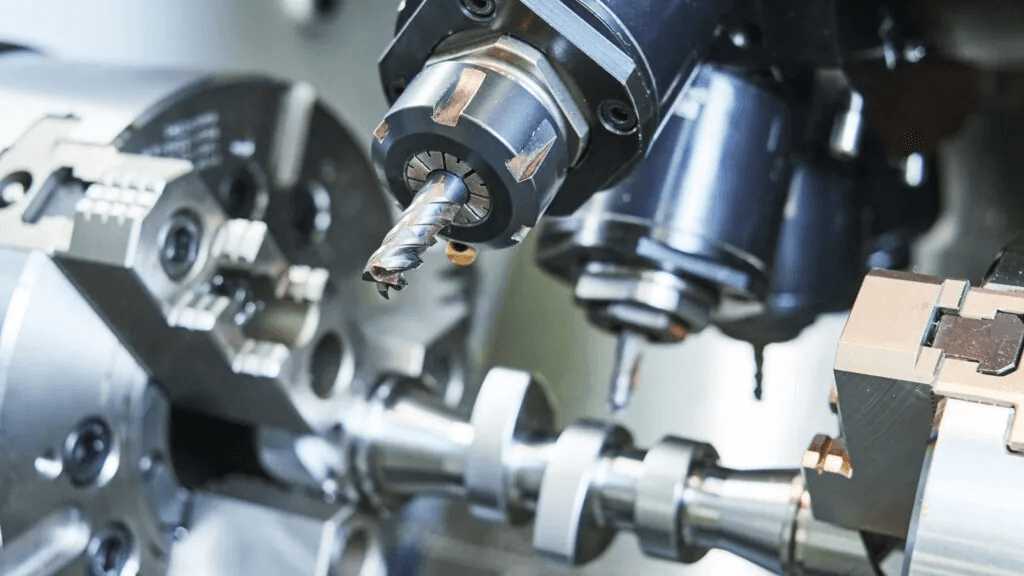The Importance of CNC Machining for the Aerospace Industry
CNC machining can significantly increase the productivity of critical aerospace components. This introduction explores how CNC machining is not only a part of the aerospace industry, but a key element in its continued growth and success.
1.What is Aerospace?
The aerospace industry encompasses a wide range of sectors, including commercial aviation, space exploration, and military applications, with a global market value of approximately $800 billion. In the United States, key stakeholders such as the Department of Defense and NASA are major purchasers of aerospace components, highlighting the importance of the industry. Aerospace manufacturing involves a multitude of technologies, from traditional casting and welding to advanced metal additive manufacturing processes.
In between these two extremes is aerospace CNC machining, which is renowned for its precision and ability to innovate materials and design processes, which is essential to the dynamic needs of the industry.
2.What is Aerospace CNC Machining?
Aerospace CNC machining, one of the many applications of CNC machining technology, is a specialized manufacturing technology that combines advanced digital technology with precision engineering to produce critical components for the aerospace industry. Since its introduction around 1942, CNC machining has played an important role in manufacturing critical aerospace components such as bulkheads and wing skins that require high precision and consistency. The process involves removing material from a workpiece using a computer-controlled, powered cutting tool. Digital technology allows new parts to be produced quickly and precisely.

Today, aerospace CNC machining processes have evolved to include a wide range of components such as gearboxes, landing gear, and electrical components. The technology is also essential for adding detailed features to existing parts or engraving critical information such as serial numbers.
The precision requirements of the aerospace machining process are very demanding, with some parts, especially jet engine parts, requiring tolerances as low as 4 microns, which is much tighter than standard CNC machining tolerances. This accuracy is often achieved using high-quality 5-axis CNC machining centers, highlighting the role of the technology in producing end-use parts and creating prototypes for research and development. This dual capability ensures that CNC machining remains at the forefront of aerospace manufacturing, meeting both current production needs and future technological advances.
3.What are the benefits of using CNC to machine aerospace parts?
CNC machining has significantly improved the manufacturing process and enhanced the performance of aerospace parts. This section explores the many benefits of CNC machining, with a particular focus on its contribution to the manufacture of lightweight, error-free, and highly consistent components.
①Lightweight Components
One of the most notable benefits of CNC machining in the aerospace industry is its ability to manufacture lightweight components. Aerospace engineers continually seek ways to reduce component weight to improve fuel efficiency and aircraft performance. CNC machining can produce complex geometries that are not only strong but also significantly lighter than those made using traditional manufacturing methods. Utilizing materials such as aluminum and titanium, which are known for their strength-to-weight ratio, CNC technology ensures that aerospace components are manufactured to their best use without compromising durability.
②Minimizing Part Errors
The precision inherent in the CNC machining process is essential to minimizing errors in the production of aerospace parts. Advanced CNC machines are highly repeatable and have tight tolerances, which is critical in the aerospace industry where every micron counts. This precision reduces the risk of part failure, thereby improving the safety and reliability of aerospace components. By automating the machining process, CNC technology also minimizes human error, ensuring that each part is produced to precise specifications.
③Accuracy and Precision
CNC machining offers unparalleled accuracy and precision, which is indispensable in the aerospace industry. The ability to adhere to strict manufacturing standards and achieve tolerances as precise as a few microns makes CNC machining ideal for aerospace applications. This level of precision is essential for components that must withstand extreme conditions and pressures to ensure they perform reliably in critical applications, such as in engines and structural components of spacecraft and aircraft.

④Consistency
Another benefit of CNC machining is the consistency it brings to part production. Whether it is a single part or thousands of parts, CNC machines produce each component with the same accuracy and specifications, reducing the variability that can affect the performance of aerospace parts. This consistency is essential to maintaining the quality and reliability of different batches of parts, supporting the aerospace industry’s need for consistency in a high-volume production environment.
⑤Efficiency
CNC machining stands out in the aerospace sector for its efficiency. The integration of CNC machines facilitates the automation of the production process, allowing for continuous operation without the inconsistencies associated with manual labor. This not only speeds up the manufacturing cycle, but also maximizes the utilization of materials and resources. The precision of CNC machinery ensures that each part is produced with minimal waste, optimizing the use of precious materials such as titanium and aluminum alloys. This efficiency is critical in an industry where time and resource management directly impact financial and operational success.

⑥Reduce Manufacturing Costs
Implementing CNC machining in the aerospace manufacturing industry can significantly reduce costs. By automating many processes that are traditionally done by hand, CNC machines reduce the need for a large labor force, which is a significant expense in any industry.
In addition, the high accuracy of CNC machining minimizes material waste and reduces the incidence of errors that can lead to costly rework or scrap. The ability to quickly and accurately produce parts also reduces time to market, further reducing overhead costs and increasing the profitability of aerospace manufacturing operations.
⑦Achieve Complex Geometries
CNC machining is able to achieve complex geometries, which is particularly useful in the aerospace industry. Aerospace components often require complex designs with precise dimensions and tolerances, which are difficult to achieve with traditional manufacturing methods. CNC machines, especially those with 5-axis capabilities, can create detailed, complex shapes that meet the stringent requirements of aerospace parts. This capability allows for the design and production of more advanced, efficient aerospace systems, contributing to overall improvements in aircraft performance and functionality.
Speed
Speed is another key benefit of CNC machining. CNC machining can produce parts significantly faster than traditional manufacturing methods, which is critical in an industry where meeting project deadlines can make or break an aerospace program.
The rapid production capabilities of CNC machines also speed up prototyping, allowing aerospace engineers to test and improve their designs more quickly. This accelerates development cycles and brings innovations to market faster, providing a competitive advantage in the rapidly evolving aerospace sector.
